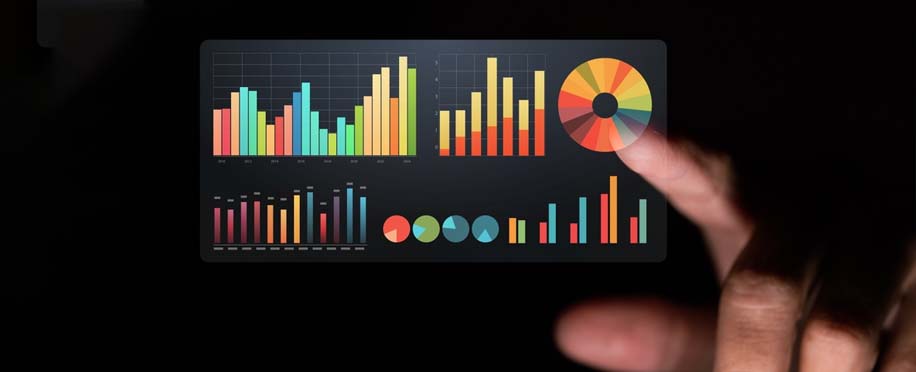Copyright © 2025 lpcentre.com All Rights Reserved. London Premier Centre For Training Ltd Registered in England and Wales, Company Number: 13694538
version: 3.0.1

Posted on : 9/19/2022, 8:05:47 PM
The concept of financial forecasting techniques is a concept of specific models in forecasts and predictions issued by the financial manager, which help in planning, analysis and decision-making.
Companies always focus on specific methods to have predictive insight. However, not everyone can accurately assess the prediction in the presence of risks.
It is worth noting that financial forecasting techniques have different processes and methods. Each company relies on specific technology and methods that help it analyse, develop plans, make decisions, and analyse the strengths and weaknesses of the financial position, all based on the data issued by the forecast.
Well, what are the financial forecasting techniques and what are the primary tools of each?
There are many financial forecasting techniques to manage the uncertainty of the future for companies. These techniques represent two main types based on artificial intelligence, each of which has a model of modern tools that help study financial forecasting:

Quantitative forecasting is one of the advanced financial forecasting techniques for analysts. It depends on the use of static information in financial forecasting operations, but when experience is weak, financial forecasts will be doomed to fail.
The reason for the above is because quantitative forecasting is one of the most critical methods in the field of forecasting, on which work in many areas depends.
On the other hand, and in general, quantitative forecasting methods are beneficial if the information and data about the company's business in the past are available, as it is a powerful source of performance to judge predictive estimates in the future.
Quantitative forecasting models vary, and many companies rely on them for financial analysis and forecasting. We mention some of them to you:
One of the most straightforward techniques used in quantitative forecasting is the straight line. It is a steady path, requires a little experience in economic mathematics, and makes logical predictions.
In short, it does not require excellent skills because you can make future predictive predictions by referring to past indicators of the company. Despite this, there are changes in this time, which affect profits.
Accordingly, you can take this model within the framework of defining the company's financial goals in the short and long term, determining the budget, applying cost control techniques, and analysing and planning what the company will achieve in the coming days.
Simple linear regression is part of the statistical forecasting tools and techniques. You can do this by using the data represented in line graphs and by plotting a linear relationship between several graphs, using the coordinates of the points (X, Y), by creating a linear regression for them.
The relationship with the impact of each on the other becomes apparent.
Through this regression, it is possible to know the company's fate, develop a financial forecast for it, and better plan for the results. These steps are worth helping the leader in the decision-making process to grow work performance.
It is the average performance of a particular measure over a limited period. Its strategy depends on evaluating the company's profits, sales percentage, types and components, and everything related to financial matters, whether they are increasing or declining.
It is also helpful for further understanding the company's advanced financial trajectory.
The moving average also helps to choose the right direction of changes or challenges in accounting in the company. If a fixed trend is unclear in a specific field, it explains the financial planning lists within a limited period.
Qualitative forecasting means a predictive method that does not depend on data like the previous ones but, on the contrary, depends on the expert's predictions due to his advanced experience. In contrast to the above, Qualitative Forecasting lack precision in the event in the event of forecasting the distant future, and it has two models:
The company conducts market research extensively, giving potential expectations to counter what the company did not anticipate. This research gives the organisation reliable data for forecasting, but because of the variables included, this data is inaccurate. However, predictions are more reliable when the information collected is more recent and significant.
Aside from market research, The Delphi method seeks to aggregate opinions from a diverse set of experts. Such as applying a questionnaire on a particular financial issue so that it contains the predictive opinions of experts on the outcome of its future scenarios.
Another method is applying the Delphi method in financial forecasts in the future, such as making forecasts about market growth. This is what distinguished the Delphi method from other forecasting and financial planning methods.
Whatever the company, it depends on one of the financial forecasting methods or the application of many of its techniques. In our world today, every company uses specific technology to know its future financial forecast.
In light of this, and if you want to gain skills and seek to master financial forecasting techniques, we advise you to attend Budgeting and Cost Control Training in Dubai.